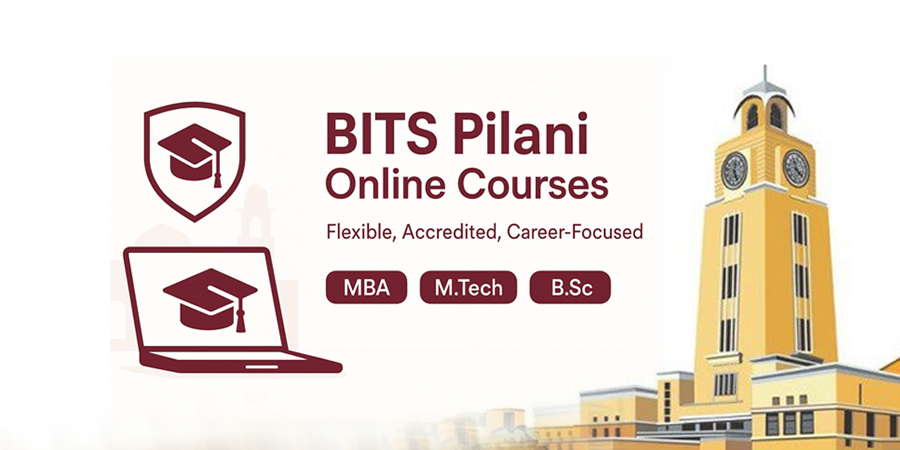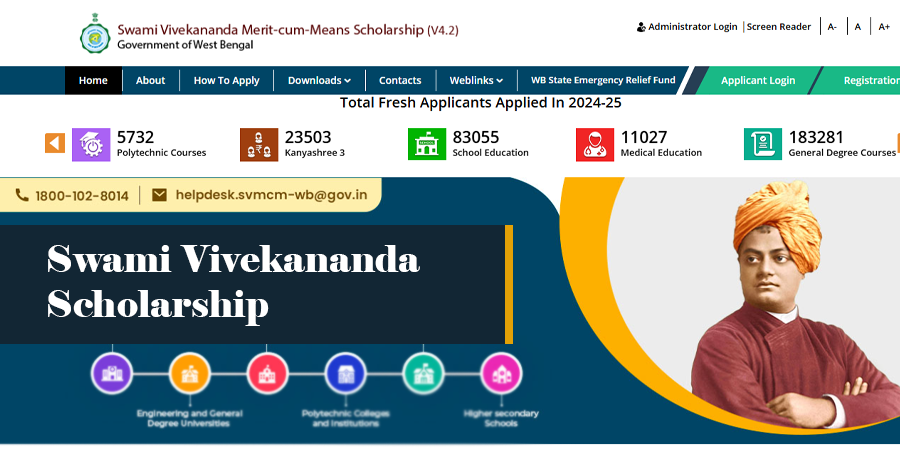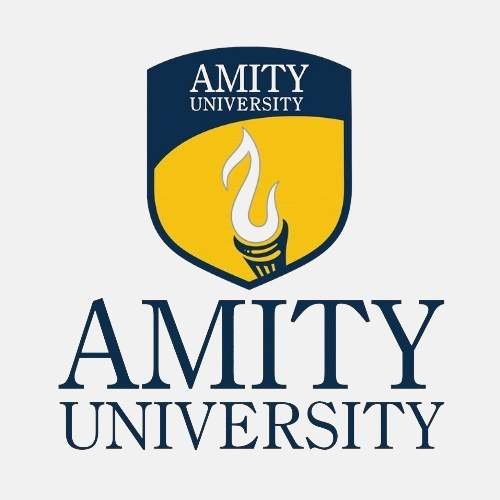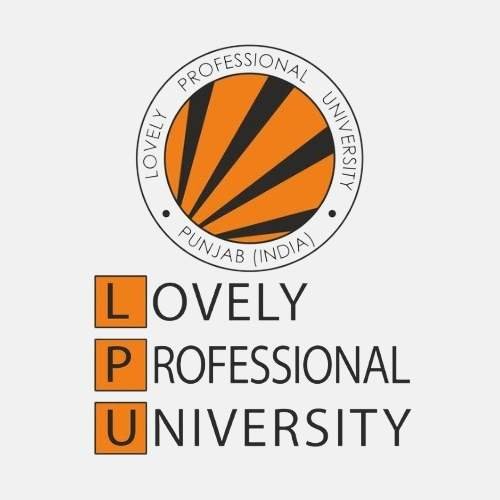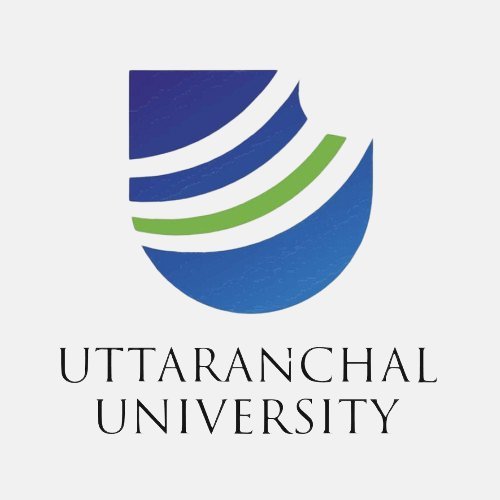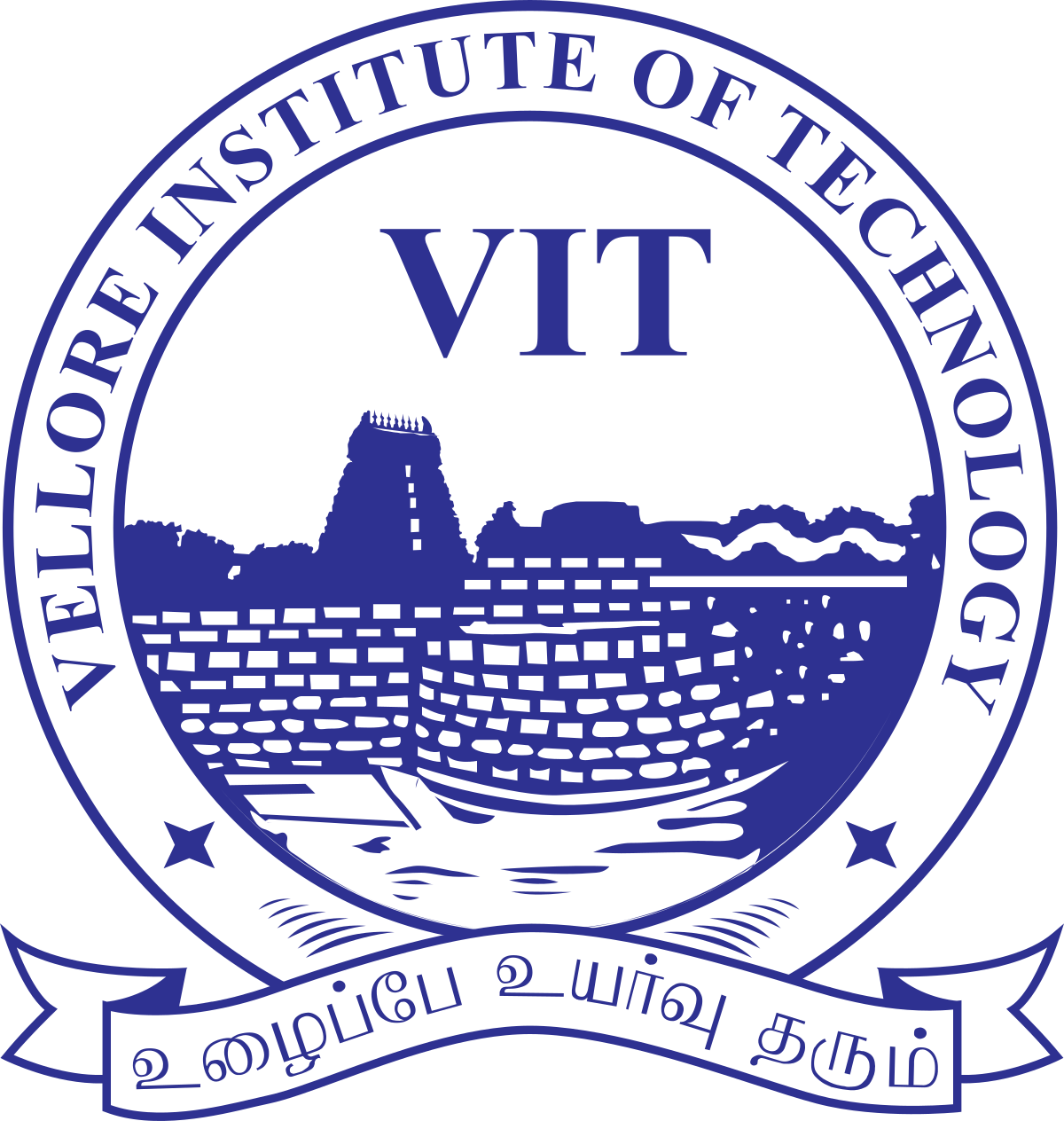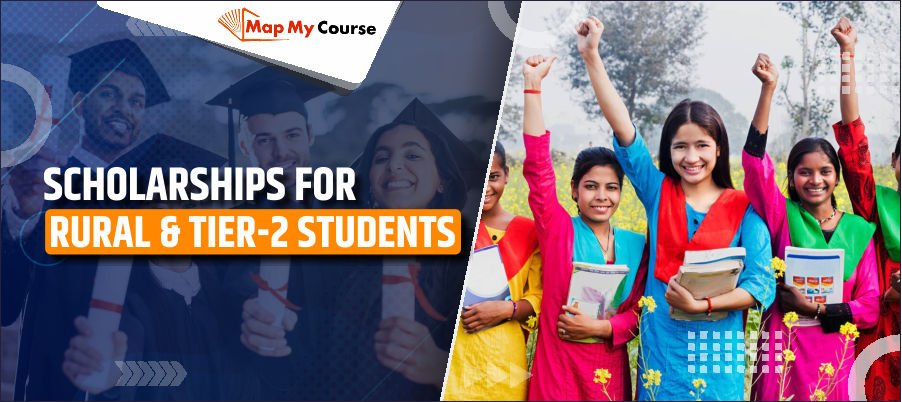Big dreams don’t need a big city. Every year, students from villages and small towns get into top colleges and build great careers because of their hard work and the right opportunities. One of those life-changing opportunities is a scholarship.
Yes, there are many scholarships specially meant for students from rural areas and Tier-2 cities—most people just don’t know about them. These hidden gems, offered by the government, private groups, and even global bodies, can help cover your fees, living costs, and more.
In this blog, “Scholarships for Rural & Tier-2 Students” you will find some of the best lesser-known scholarships, who can apply, and how to stay updated, no matter where you’re from. Let’s begin.
Why Scholarships Matter for Rural Students in India and Tier-2 Students?
- Financial Support When It’s Needed Most
Sometimes college & hostel fees, books, and other expenses can be a huge burden for many families. Scholarships help cover these costs so students can focus on studying, not worrying about money.
- Access to Better Education Opportunities
There are many students who can’t take admission to their favourite college just because they can’t afford the fees. A good scholarship opens the door to top universities and professional courses that otherwise seem out of reach.
- Motivation to Aim Higher
When students get selected for a scholarship, it boosts their confidence and encourages them to push their limits.
- Reduces Dropout Rates
A lot of bright students in small towns drop out after school due to financial pressure. Scholarships help reduce this by giving them a reason and the means to continue their studies.
- Level the Playing Field
Not everyone has access to private schools, coaching classes, or career counsellors. Scholarships give rural and Tier-2 students a fair chance to compete and succeed just like anyone else.
Top Scholarships for Rural & Tier-2 Students
Below is the list of Scholarships for Rural & Tier-2 Students:
1. National Scholarships for Talented Children from Rural Areas
The National Scholarships for Talented Children from Rural Areas, launched by the All India Scholarship Entrance Examination (AISEE), is designed to support students studying in Classes 6 to 8. This scholarship is especially meant for children from villages or rural backgrounds.
Selected students receive financial help of up to ₹100, which can be used for basic school needs like books, notebooks, or other study-related expenses. It’s a small but meaningful step to help young minds continue their education without extra pressure on their families.
Eligibility Criteria
To get this scholarship, students need to clear a two-stage examination process:
First Stage: This round is organised by the State Government or Union Territory (UT) administration.
Second Stage: Those who qualify move on to the national-level exam, which is conducted by NCERT.
Final Selection: Students who score the highest marks in the final stage are chosen for the scholarship.
2. Sashakt Scholarship
The Sashakt Scholarship is specially created to support female students from rural areas who come from financially weaker families. It helps girls who want to study B.Tech, MBBS, or B.Sc. in Natural or Pure Sciences at the undergraduate level.
Along with financial help, the scholarship also offers personal mentorship from experienced women scientists, which continues throughout their college journey. This guidance is meant to inspire and support students as they build their careers in science and technology.
Eligibility Criteria
- They should have a good academic record and be enrolled in a B.Tech, MBBS, or B.Sc. (Natural/Pure Sciences) program.
- Admission must be confirmed in one of the top science colleges listed under the scholarship program.
- The applicant should have passed Class 12 from a recognised board.
- Girls from rural backgrounds and low-income families will be given preference, though it’s not a strict rule.
- Having a genuine interest in scientific research is also considered a plus.
- The total family income should be ₹5,00,000 or less per year from all sources.
- Only Indian citizens are eligible to apply.
3. Financial Assistance for Education of the Wards of Beedi/Cine/IOMC/LSDM Workers (Scholarship)
The Financial Assistance for Education of the Wards of Beedi, Cine, IOMC, and LSDM Workers is a scholarship scheme offered by the Ministry of Labour & Employment, Government of India. It aims to support the children of workers in these industries by helping them continue their education.
Students who are selected for this scholarship can receive financial aid between ₹1,000 and ₹25,000 per year, depending on the level of education they are pursuing. The scheme covers a wide range of studies, including Primary and Secondary school education, General degree courses, Professional and technical courses like Engineering, Medical, and Agriculture.
Eligibility Criteria
- They should be an Indian citizen.
- They must be enrolled in a regular course—either general or technical—at a government-recognised institution. This includes fields like Medical, Engineering, and Agriculture.
- The student must be the child of a worker from sectors like Beedi industry, Iron Ore, Manganese, Chrome Ore, Limestone, or Dolomite Mines, Cine industry.
- The family income should not be more than ₹10,000 per month for Beedi and mine workers, ₹8,000 per month for Cine workers.
4. V-Kid Scholarship Program
The V-Kid Scholarship Program (VKSP) is an initiative by PARD INDIA (Pragathi Association for Rural Development). It aims to support students from rural backgrounds who come from underprivileged families. This program offers monthly financial help of ₹5,000 to students from Class 1 up to graduation, helping them manage school or college-related expenses and continue their studies without financial stress.
Eligibility Criteria
- The applicant should be an Indian citizen living in a rural or semi-urban area.
- Students from Class 1 to undergraduate level who are studying in government schools or colleges can apply.
- The scholarship is meant for children from challenging backgrounds, including, Orphans, Children with a single parent, Street children, Child labourers, Students from financially weak families
- For students studying in Class 11 or above, it’s important to have scored at least 60% marks in the last three academic years.
- The total annual family income should not be more than ₹36,000.
5. Mahindra All India Talent Scholarship (MAITS)
The Mahindra All India Talent Scholarship (MAITS), offered by the K. C. Mahindra Education Trust, supports students from low-income families who want to pursue job-oriented diploma courses in government-recognised polytechnic colleges.
Each year, 550 students are selected to receive a ₹10,000 scholarship per year for up to three years. The goal is to help students gain practical skills and start working soon after completing their diploma.
Eligibility Criteria
- They should have passed Class 10 or 12 (SSC/HSC or equivalent) with at least 60% marks.
- They must have taken admission in the first year of a diploma course at a government or recognised polytechnic college.
- Only students who are in their first year of the diploma program can apply.
- The applicant should belong to a financially weak family with limited annual income.
6. National Fellowship and Scholarship for Higher Education of ST Students
The National Fellowship and Scholarship for Higher Education of ST Students is a scheme run by the Ministry of Tribal Affairs to help bright Scheduled Tribe (ST) students continue their education after postgraduation.
It provides financial support for M.Phil. and Ph.D. courses, and the scholarship is given based on the student’s performance in their master’s degree or postgraduate exams.
Eligibility Criteria
- The applicant should belong to a Scheduled Tribe (ST).
- They must be pursuing a postgraduate degree like a Master’s, Ph.D., or Post-Doctoral Research at a recognised college or university.
- A minimum percentage is required in the previous qualifying exam—for example, to apply for a Ph.D., the student must have scored well in their Master’s degree.
- The applicant’s total family income (from parents, guardians, or spouse) should be within the set limit, which is usually around ₹6,00,000 per year.
- If the student is already receiving another government scholarship for the same course, they may not be eligible under this scheme.
- The institution where the student is studying must be approved by the UGC or any other recognised authority.
- An income certificate is required, usually for the previous financial year before applying.
How Rural Students Can Stay Updated About Scholarships and State-Level Education Aid
- Check the National Scholarship Portal (NSP)
Visit scholarships.gov.in regularly it’s the main site for central and state scholarships. You can register, apply online, and track your application status here. Most forms open between July and November.
- Visit Your School or College Office
Schools and colleges often receive updates about scholarships. Ask your teacher or office staff about any new notices they can provide you with, forms and deadlines.
- Follow State Government Scholarship Portals
Each state has its scholarship portal. For example, Maharashtra has MahaDBT, and Karnataka has the SSP portal. Just search online for your state’s scholarship website and bookmark it. These sites post regular updates, deadlines, and eligibility details for state-level scholarships.
- Use Social Media and Telegram Groups Wisely
Platforms like Telegram and WhatsApp have groups that share scholarship alerts. Follow only reliable sources, and avoid sharing personal details publicly.
- Read Local Newspapers and Notice Boards
In rural areas, schools, colleges, and panchayat offices often post updates on notice boards. Local newspapers and radio also share important educational news.
- Talk to Seniors, Teachers, or Friends
You can ask your seniors, coaching teachers, or even neighbours if they know about any scholarships. They may guide you to something you haven’t come across yet.
Check Out More Blogs
Conclusion
Being from a village or a small town doesn’t mean you can’t dream of higher education. Many scholarships for rural & Tier-2 students can help you continue your education without worrying about money. These hidden opportunities are made for students like you, talented, hardworking, and full of potential.
All you need to do is stay informed, apply on time, and believe in yourself. With the right support, you can achieve big dreams—no matter where you come from.
Frequently Asked Questions
Q1. Can I apply for multiple scholarships at the same time?
Ans. Yes, you can apply for more than one, but if you’re selected, you may be allowed to receive only one scholarship.
Q2. Do I need very high marks to qualify for these scholarships?
Ans. Not always. While some scholarships require a minimum percentage, others focus on financial need or your background.
Q3. What documents do I need while applying?
Ans. Most scholarships ask for your mark sheets, income certificate, ID proof, caste certificate (if required), and admission proof.
Q4. Are these scholarships available for school students too?
Ans. Yes, Some scholarships, like the National Scholarships for Talented Children from Rural Areas, start from Class 6 onward.
Q5. I don’t have access to a computer. Can I still apply?
Ans. Yes. You can ask for help at your school, a nearby cyber café, or Common Service Centres (CSCs), which help students fill out online forms.






